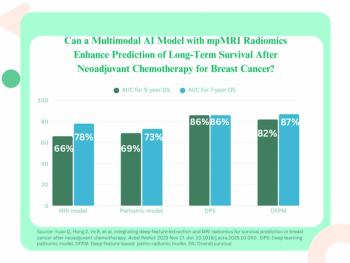
Quackery smears MR
Last week the FDA posted a recall notice on its website, notifying healthcare providers that the maker of the Nebion HLX-8 Magnetic Resonance Device had made unsupported claims. The marketing folks behind this product apparently believed it possessed quasi-magical powers.
Last week the FDA posted a recall notice on its website, notifying healthcare providers that the maker of the Nebion HLX-8 Magnetic Resonance Device had made unsupported claims. The marketing folks behind this product apparently believed it possessed quasi-magical powers.
From its single-pole mount several feet above floor level, this tube-like device, reminiscent of an oversized thermos bottle, had the power to treat breast, bone, lung, and pancreatic cancers, carpal tunnel syndrome, migraines, premenstrual syndrome, rheumatoid arthritis, ruptured disks, and shingles, according to its developers.
The device was not approved by the FDA, according to the agency's recall notice. It not only lacked safety and effectiveness data, but "was not manufactured under current good manufacturing practices," according to the
I doubt that anyone with any degree of common sense, much less a medical degree, would have even used this device. Some, however, did buy the product. The FDA obtained a list of customers from the Los Angeles-based company and, in July, mailed a recall letter to each, asking them to immediately stop using the device.
The class 1 recall issued for the Nebion HLX-8 is reserved for devices that involve situations in which there is a reasonable probability that use of the product will cause serious injury or death, according to the FDA. The fact that the FDA issued a recall, however, can create a problem in itself.
Take, for example, the law offices of Robert H. Weiss, which apparently mistook the HLX-8 for an MR scanner. On the offices' website, they state that "if you or a loved one were imaged by Nebion's HLX-8 Magnetic Resonance Device...you may have a right to be compensated."
Quack medicine has been a problem in the U.S. for almost as long as our country has been around. Past gizmos have run the gamut from electropathy devices in the late 19th century that purported to cure mental illness to the MacGregor Rejuvenator, which in the 1930s used magnetism, radio waves, and infrared and ultraviolet rays to reverse the aging process. Because enough valid medical devices today use one or more of these technologies there is the real possibility the public will confuse a quack device for one that has clinical value.
There is no cure for quack medicine, and the FDA has to use the tools at its disposal to minimize its prevalence. We would do well, however, to be tuned into the downside of both.
Newsletter
Stay at the forefront of radiology with the Diagnostic Imaging newsletter, delivering the latest news, clinical insights, and imaging advancements for today’s radiologists.




























